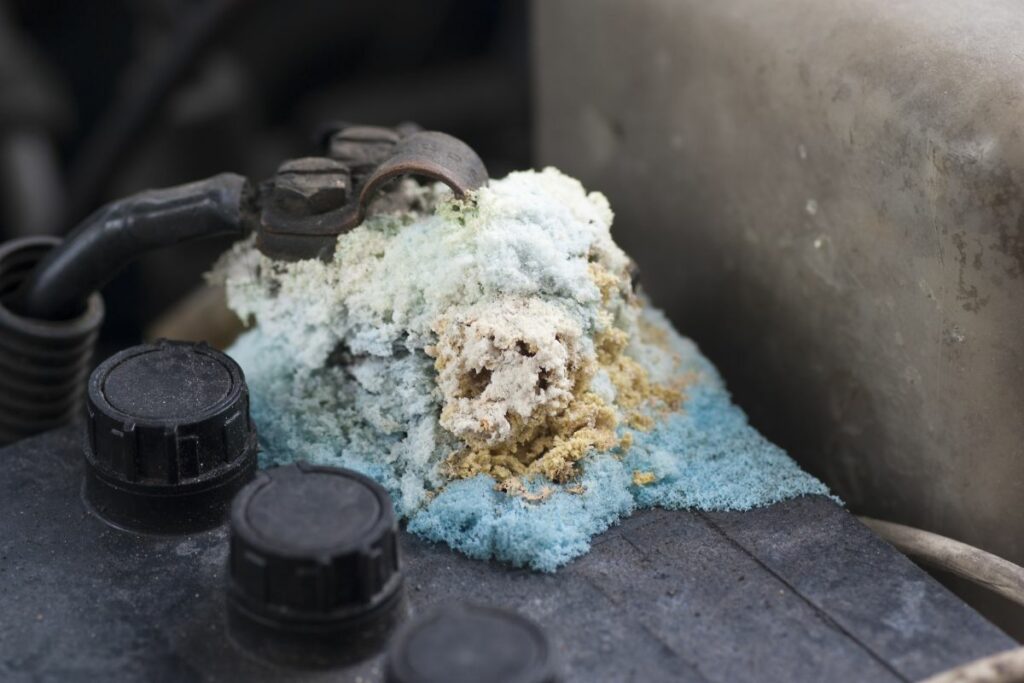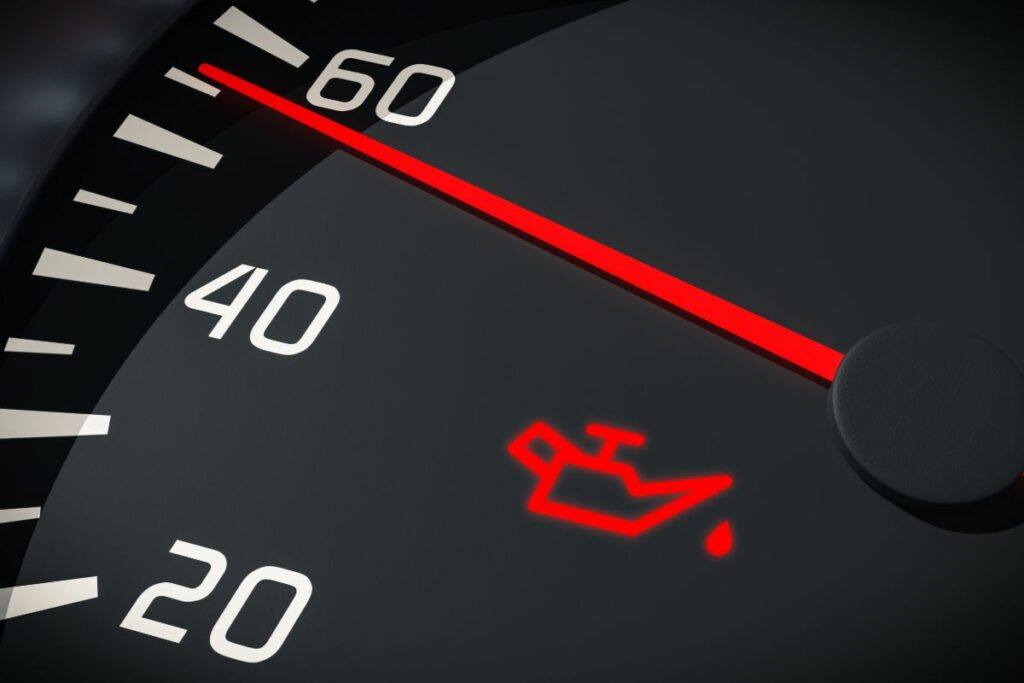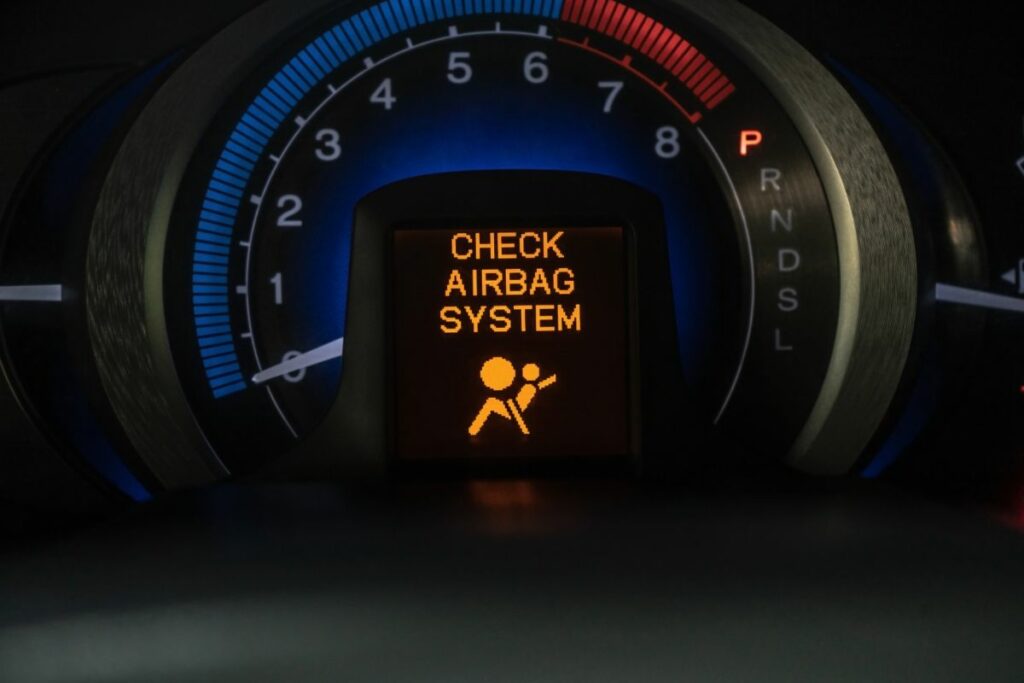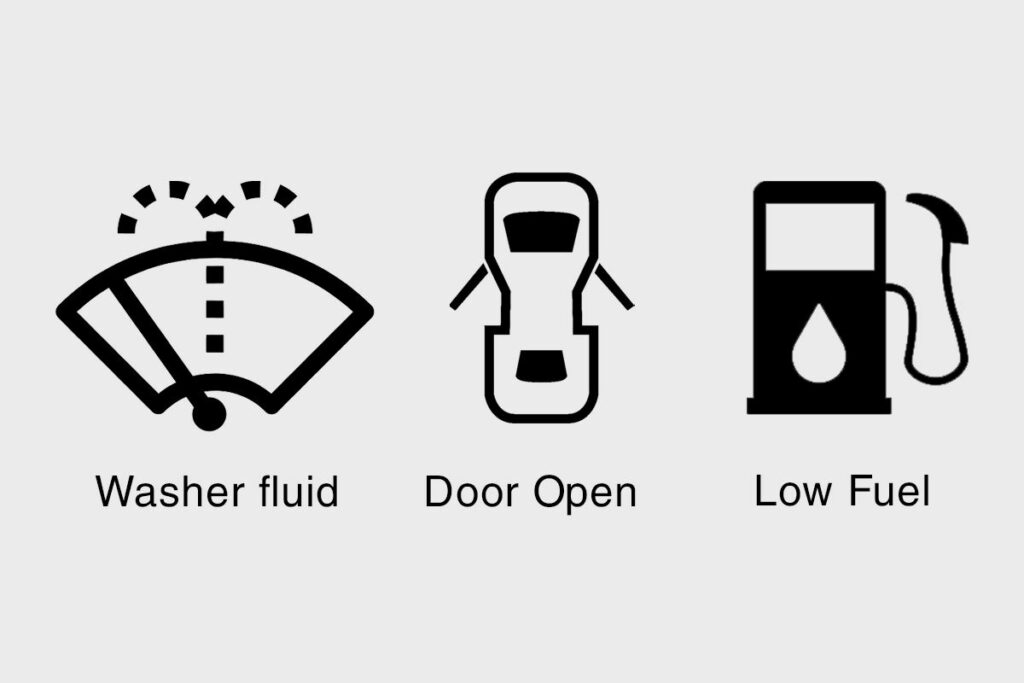There are many warning light signs and symbols in modern cars, which differ from car to car. The control unit in every modern car is supposed to inform the driver of any malfunction in the car's system through these dashboard warning lights.
The biggest question is, what do these symbols mean? And how can the problem the sign symbolizes be solved? This article tackles eight of the most popular and most vital warning signs and how to solve the associated problem. However, different cars might give slightly differently-looking symbols, but the general physical appearance is alike, and the same is the meaning underneath.
Note: If the warning symbol is red, it means that you have to stop your car immediately and get the problem resolved. You might risk damaging your car if you don't act immediately. However, a red notification could also indicate a scheduled service, probably after a certain milestone is achieved. If the warning symbol is orange, you can drive to the nearest car repair shop to have your car checked. Green notification lights mostly pop up to inform the driver of an active system, like air conditioning or headlights.
1. Check Engine Light

The Check Engine light (CEL) assumes the shape of an engine block and can appear as orange or red. It is one among the lights all drivers should be keen on checking. It mostly pops up when the engine is having an emission or experiencing a general functionality problem. In most vehicles, the CEL illuminates immediately when you start the car but stays illuminated if the system notices an engine problem that needs to be investigated.
The very first thing you want to check when the CEL pops up is your gas cap. Sometimes, it isn’t tightened properly, and the light illuminates. However, sometimes, the problems can be severe and costly.
If the engine light begins to blink or flash, you need to stop your car and bring it to your mechanic asap. If the CEL doesn’t flash, you can continue to drive for a while, but still, get your engine checked as soon as possible.
OBD2 code readers are a very affordable option to fix the CEL yourself. Even if the issue is too sophisticated for you to fix, you can still know what’s wrong with your car engine and avoid rip-off by mechanics.
2. Battery

The dashboard battery light mainly indicates a problem with your car's battery. Nonetheless, how you interpret the car battery warning light matters a lot. First, it is normal for the light to show up when you turn on your car. The light goes off after some time. If the light doesn't go off after some time, it is a sign of a weak battery charge.
You'll need to check out these issues in case of an illuminated battery light.
- A corroded or loose battery cable
- An alternator or voltage-regulator problem
- Damaged battery cells or plates
- Faulty wiring in your car's electric charging system
You, therefore, have to check your car's battery for any of the above signs. You can clean the battery terminals, tighten the cable clamps and any other electrical wiring component, and look out for corrosion possibilities.
Caption: Corroded battery terminal is the common issue that leads to battery light coming on.
3. Coolant Temperature
The Coolant Temperature warning sign may have two meanings; either the coolant fluid is too low, or the coolant temperature is extremely high. If the coolant fluid is enough, this sign tells you that your car is very close to overheating. However, when checking the coolant level, you should be careful not to open the cap when the fluid is extremely hot. It can cause serious bodily harm.
If the coolant level is okay, then the warning list might have been caused by:
- A faulty coolant-level sensor.
- Coolant leak
- Malfunctioned water pump
- You haven’t flush the radiator for a long time
Make sure to check everything and seek assistance from a professional if the problem persists.

4. Oil Pressure

The Oil Pressure warning sign indicates that there is low oil pressure in your engine. After noticing the sign, you should stop the engine immediately and check if there's enough oil in the sump since a faulty oil-level sensor might trigger the sign. If the oil level is not the recommended one, it's important to fill it up before you start your engine again; otherwise, you'll have to replace the whole engine. The wiring to the oil sector might also be triggering the warning sign, and therefore you must run a full diagnostic to get the root cause of the alarm to avoid messing with your engine block.
5. Transmission Temperature

The Transmission Temperature warning light indicates that the transmission fluid temperature is extremely high and may bring about system failure. Solving transmission failure problems in a car is a costly venture to a car owner, and one of the key reasons for the failure is overheating. You can pull over for some minutes to let the transmission system cool down to curb the problem. When the warning light doesn't show anymore, you can safely get back on the road.
6. Anti-lock Brake (ABS)

An ABS warning light indicates a problem with your ABS. Again, the ABS warning light means that the ABS is currently disabled. The ABS prevents your wheels from locking when you panic-brake your car. The easiest way to get rid of the ABS light is by reading the trouble code memory. Again, you might find that the problem lies in the ABS ring(s), sensor, or even wiring system. You can also check the ABS Control Unit fuses or rely on your OBD2 scanner to help you diagnose the problem. Even when the ABS lights may not necessarily mean that you're in big trouble, it is good that you get rid of the situation for your safety and security.
7. Airbag (SRS)

The Airbag or SRS warning sign indicates a problem with your airbag system. When the light is on, it simply means that the entire airbag system is disabled, and no airbag will pop up to save you in an accident. That tells you how it is dangerous to proceed with the ABS light on.
To solve the problem, you will need an OBD2 scanner to read the error code on the airbag control system. However, the OBD2 scanner, in this case, has to be of top-notch quality, as the ordinary cheap scanners manage only to diagnose the engine module. Another cause for the SRS light might be a fault in the connector plug under the passenger's or driver's seat. If that is the case, take apart the connector and clean it to erase the error memory.
8. Washer fluid, Door Open, Low Fuel

These are the most common warning signs you'll see on your dash. They are easy to interpret and solve, as they don't translate to overly technical issues. If you'd check on your washer fluid, check on the open door and refill your fuel, then you've done enough to solve all three problems. Easy!
Check out some of Ryan's top articles including OBD2 scanner to read the error code on the airbag control system
